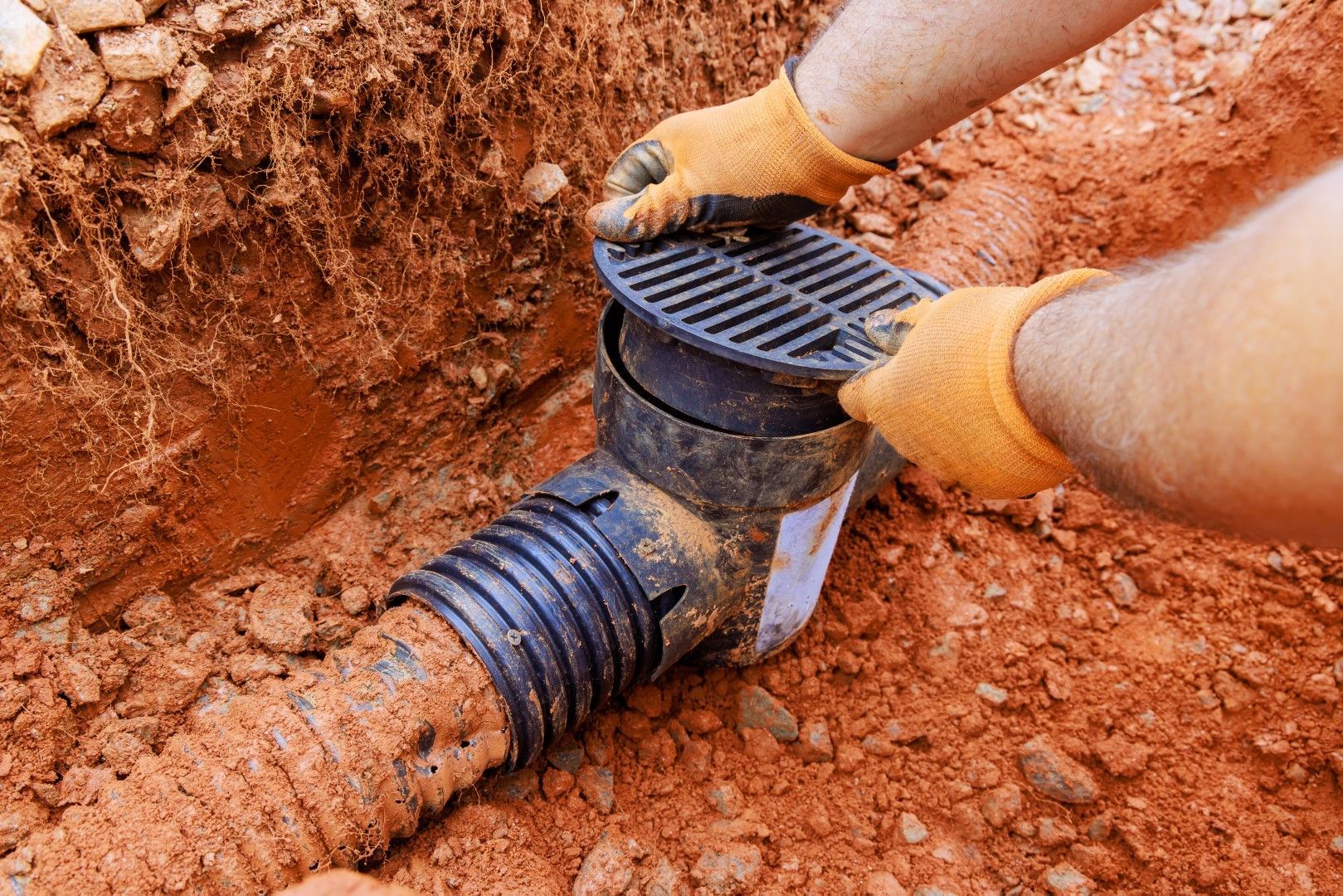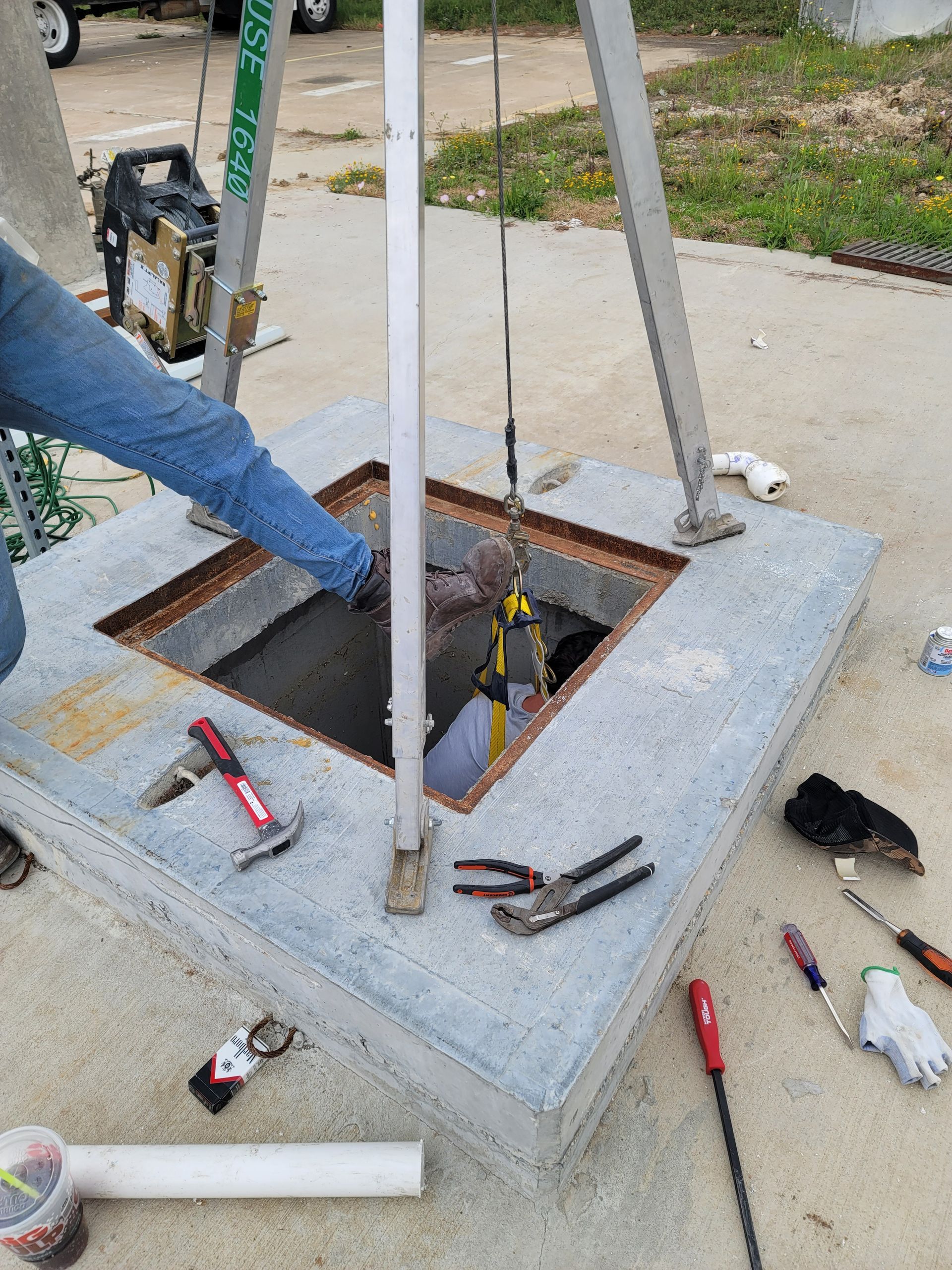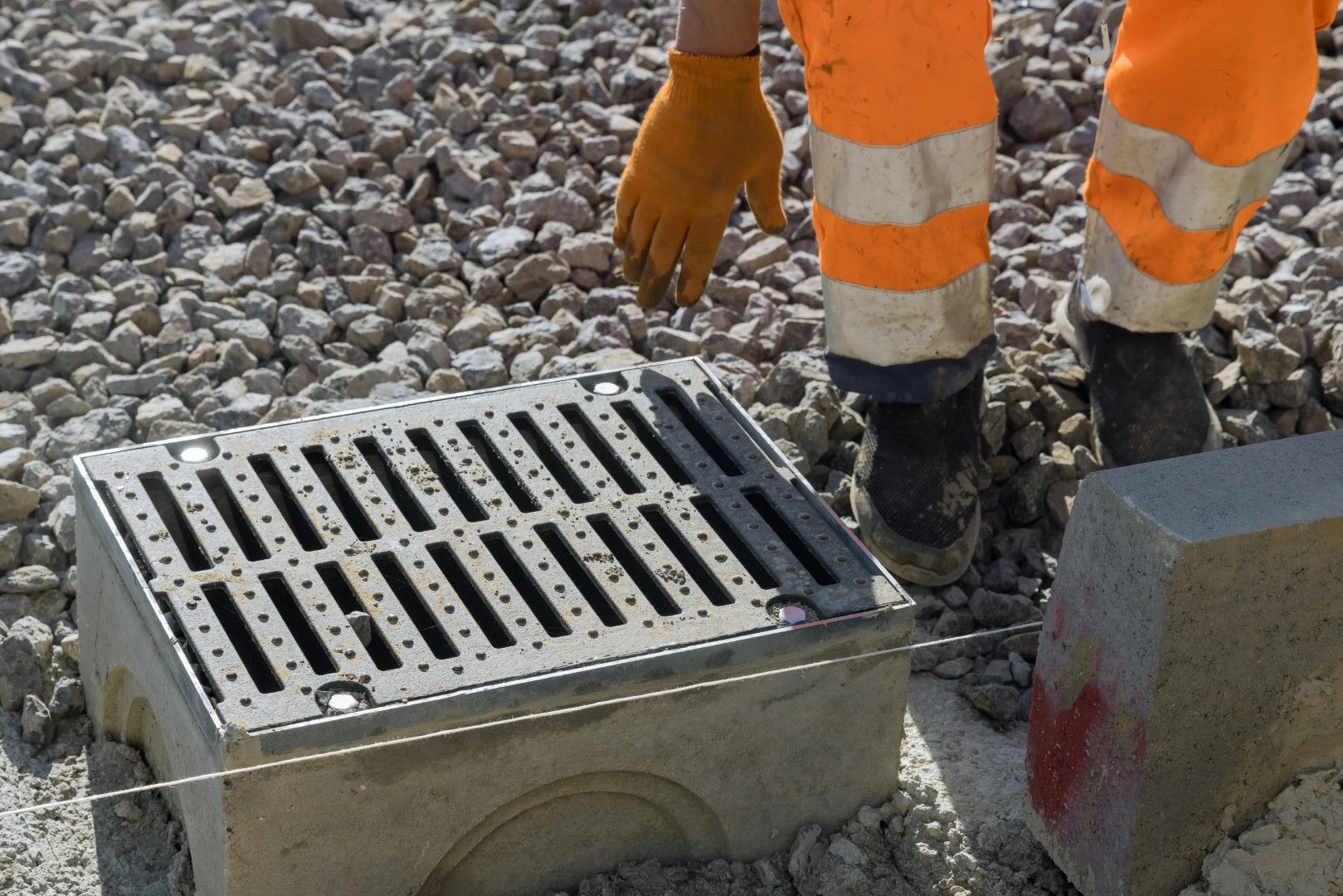When it comes to managing wastewater in areas without access to municipal sewer systems, homeowners typically have two main options: aerobic septic systems and conventional septic systems. Both systems serve the same fundamental purpose but operate in distinctly different ways. In this article, we will explore the differences between these two types of septic systems, their advantages and disadvantages, and how Ameri-Tex Septic & Grease Service can help you maintain either system in optimal working condition.
Understanding Conventional Septic Systems
Conventional septic systems, also known as anaerobic systems, are the most common type of septic system used in residential properties. These systems rely on natural processes to treat wastewater and consist of two main components: the septic tank and the drain field.
Septic Tank: The septic tank is a watertight container buried underground where wastewater from the home flows. Solids settle at the bottom, forming sludge, while oils and grease float to the top, forming scum. The liquid layer in between, known as effluent, flows out into the drain field for further treatment.
Drain Field: The drain field, or leach field, is a network of perforated pipes laid in trenches filled with gravel or sand. The effluent is distributed through these pipes and percolates into the soil, where naturally occurring bacteria further break down harmful pathogens and organic matter.
Advantages of Conventional Septic Systems
- Cost-Effective: Conventional systems are generally less expensive to install compared to aerobic systems.
- Low Maintenance: These systems require minimal maintenance, typically involving periodic pumping of the septic tank to remove accumulated sludge and scum.
- Simple Design: The straightforward design makes conventional systems easy to understand and operate.
Disadvantages of Conventional Septic Systems
- Limited Treatment: Conventional systems provide basic treatment and may not be suitable for areas with high water tables or poor soil conditions.
- Environmental Impact: Inadequately treated effluent can pose environmental risks, potentially contaminating groundwater and surface water.
- Space Requirements: These systems require a large drain field area, which may not be feasible for smaller properties.
Exploring Aerobic Septic Systems
Aerobic septic systems, also known as aerobic treatment units (ATUs), use oxygen to break down organic matter in wastewater more efficiently than conventional systems. These systems incorporate additional components, including an aeration chamber and a disinfection unit.
Aeration Chamber: The aeration chamber introduces air into the wastewater, promoting the growth of aerobic bacteria that rapidly decompose organic matter.
Disinfection Unit: After aeration, the treated effluent passes through a disinfection unit, often using chlorine or ultraviolet light, to further reduce pathogens before being released into the environment.
Final Disposal: Treated effluent from aerobic systems is typically dispersed through a smaller drain field or a drip irrigation system.
Advantages of Aerobic Septic Systems
- Enhanced Treatment: Aerobic systems provide a higher level of wastewater treatment, making them suitable for sensitive environmental areas and properties with poor soil conditions.
- Smaller Drain Field: These systems require less space for effluent disposal, making them ideal for properties with limited yard space.
- Environmental Protection: Improved treatment reduces the risk of groundwater and surface water contamination, protecting the environment.
Disadvantages of Aerobic Septic Systems
- Higher Costs: Aerobic systems are generally more expensive to install and maintain due to their complex design and additional components.
- Regular Maintenance: These systems require more frequent maintenance, including inspections, cleaning of the aeration chamber, and replacement of disinfection chemicals or components.
- Power Dependency: Aerobic systems rely on electrical components, making them susceptible to power outages.
Choosing the Right System for Your Home
Deciding between an aerobic and conventional septic system depends on various factors, including your property's size, soil conditions, and environmental considerations. Consulting with a professional septic service provider like Ameri-Tex Septic & Grease Service can help you make an informed decision.
Maintenance and Service with Ameri-Tex Septic & Grease Service
Regardless of the type of septic system you choose, regular maintenance is crucial to ensure its proper functioning and longevity. Ameri-Tex Septic & Grease Service, based in Houston, TX, offers comprehensive maintenance and repair services for both aerobic and conventional septic systems. Our experienced technicians can perform routine inspections, pumping, and repairs to keep your system operating efficiently.
Keep Your Septic System in Top Condition
Maintaining your septic system is essential to protect your investment and the environment. Whether you have an aerobic or conventional system, Ameri-Tex Septic & Grease Service is here to provide expert service and support. Contact us today to schedule an inspection or learn more about our septic system services.










